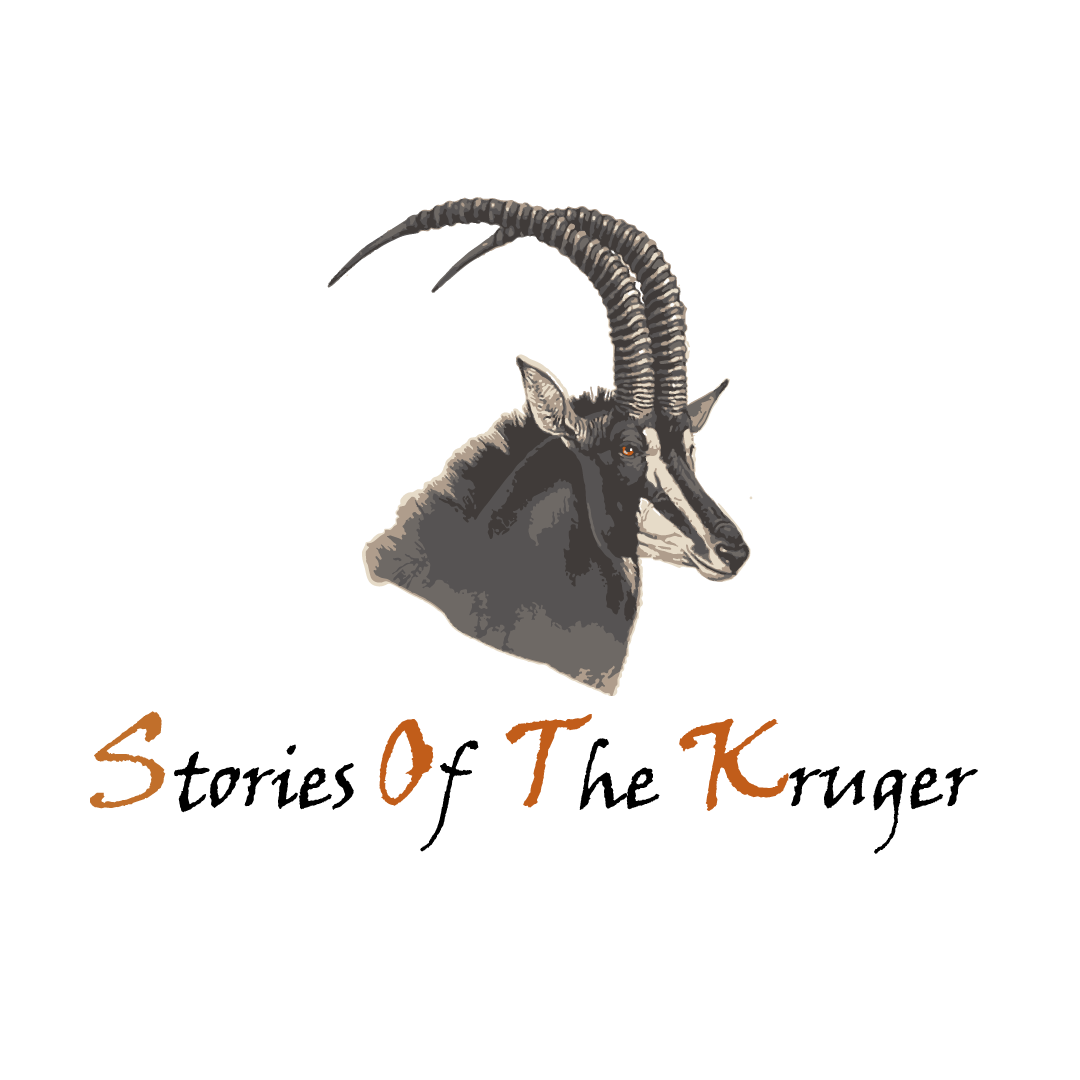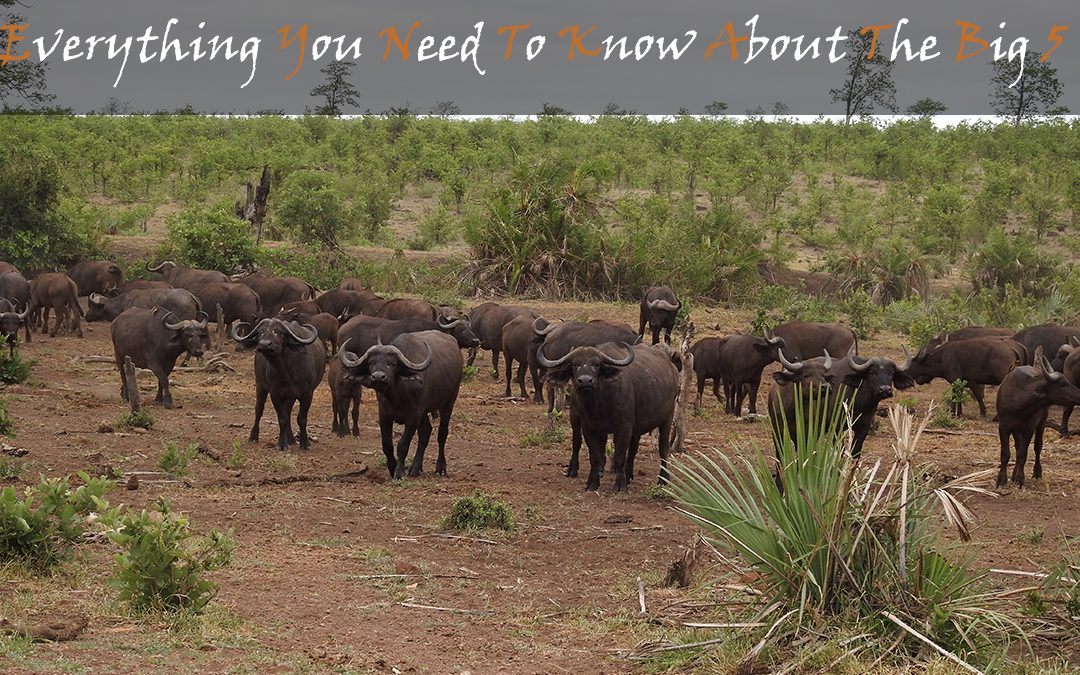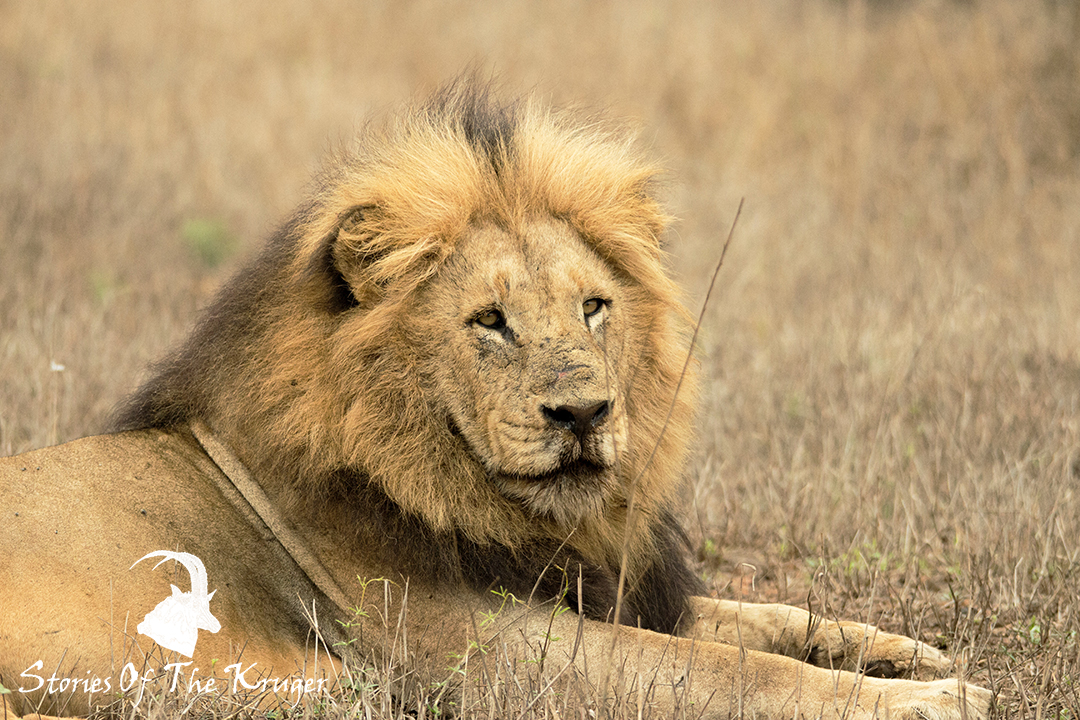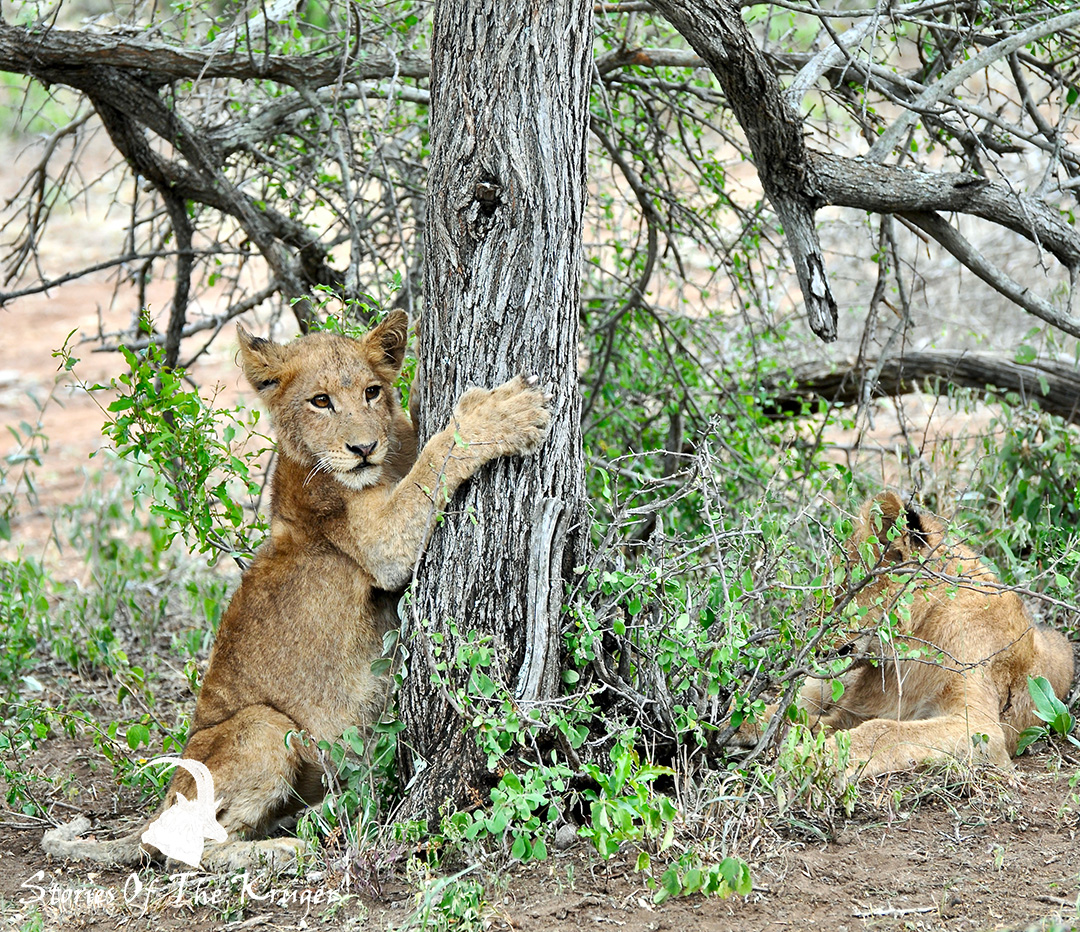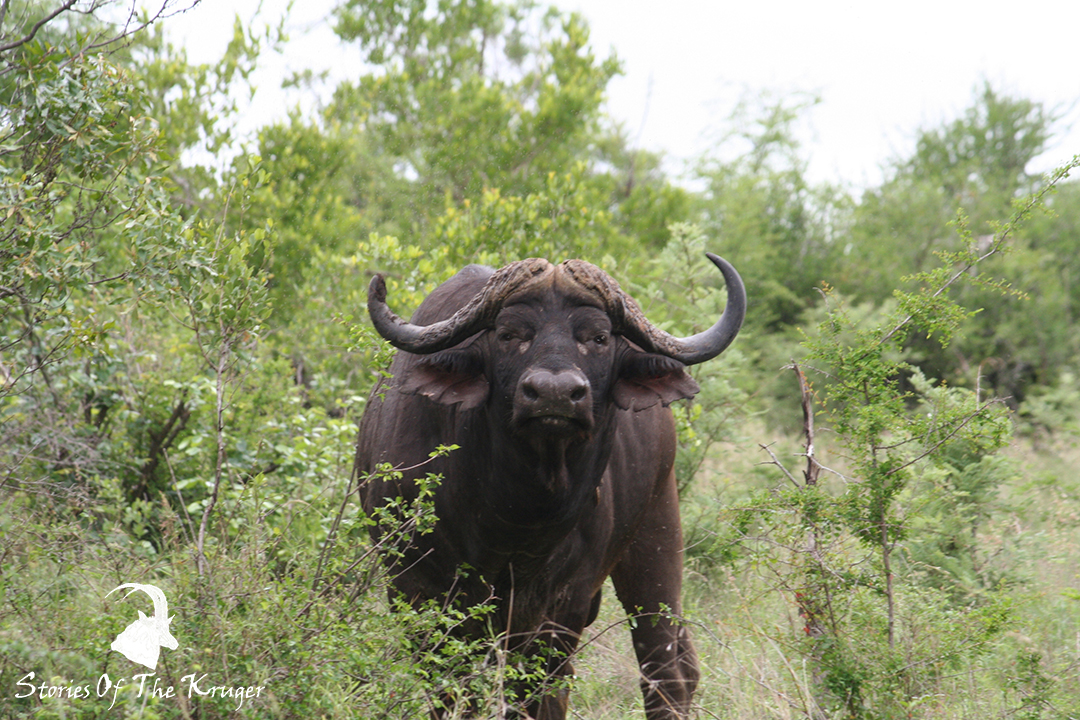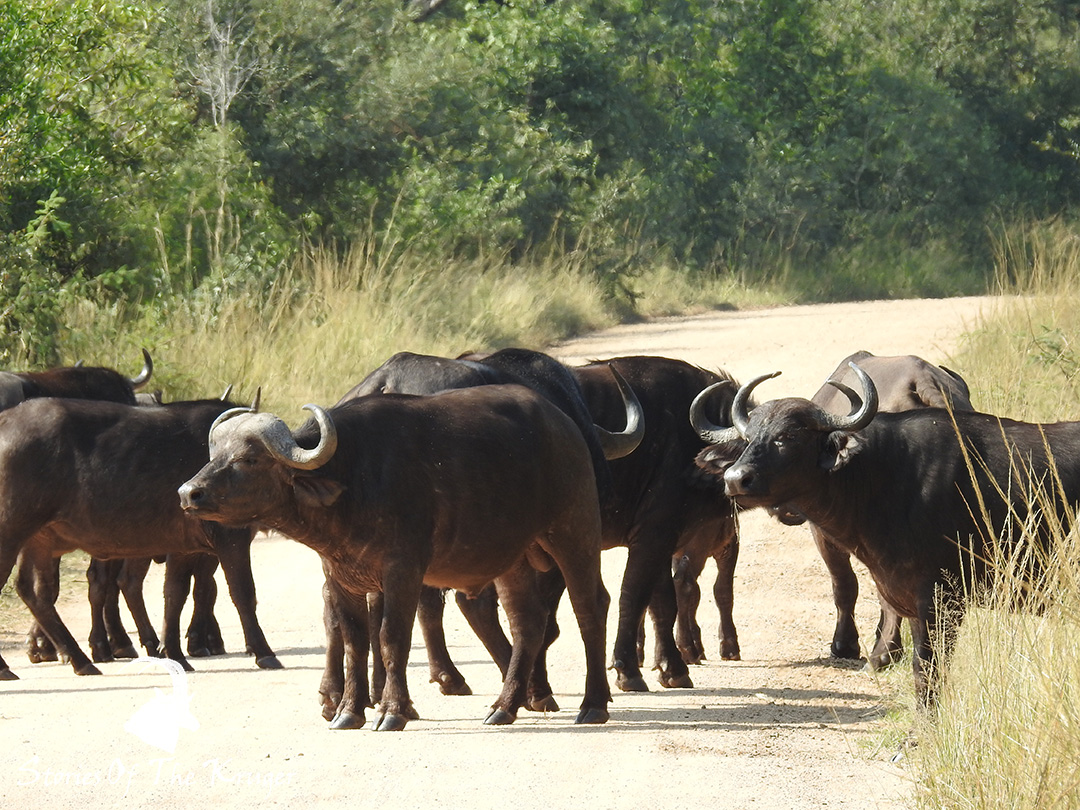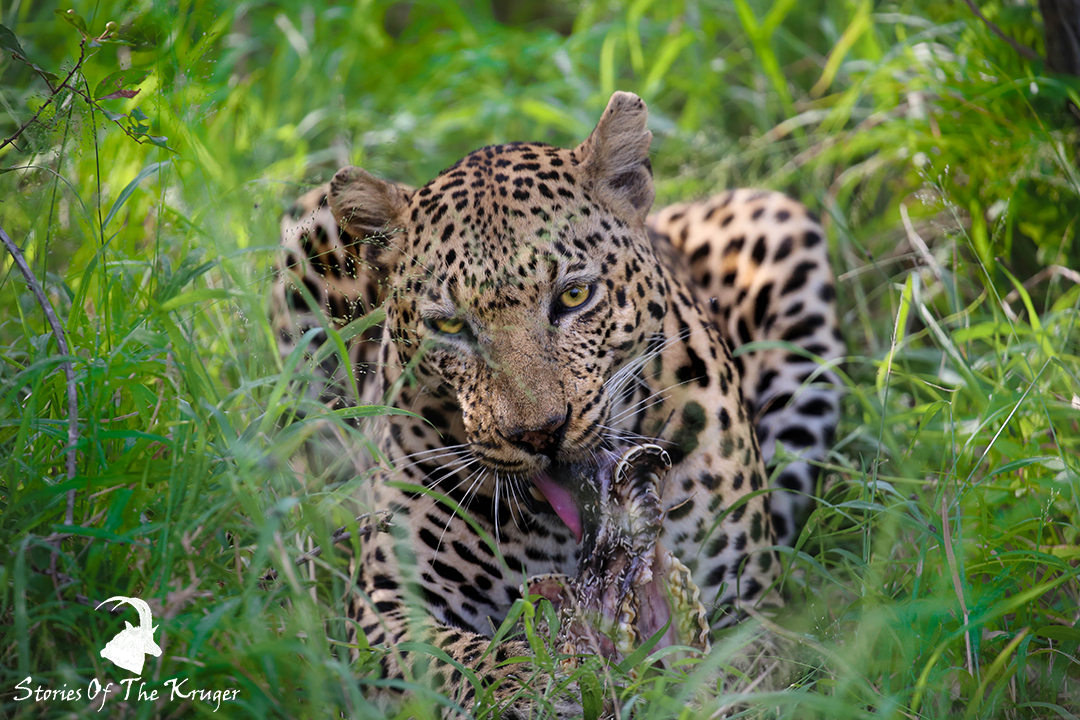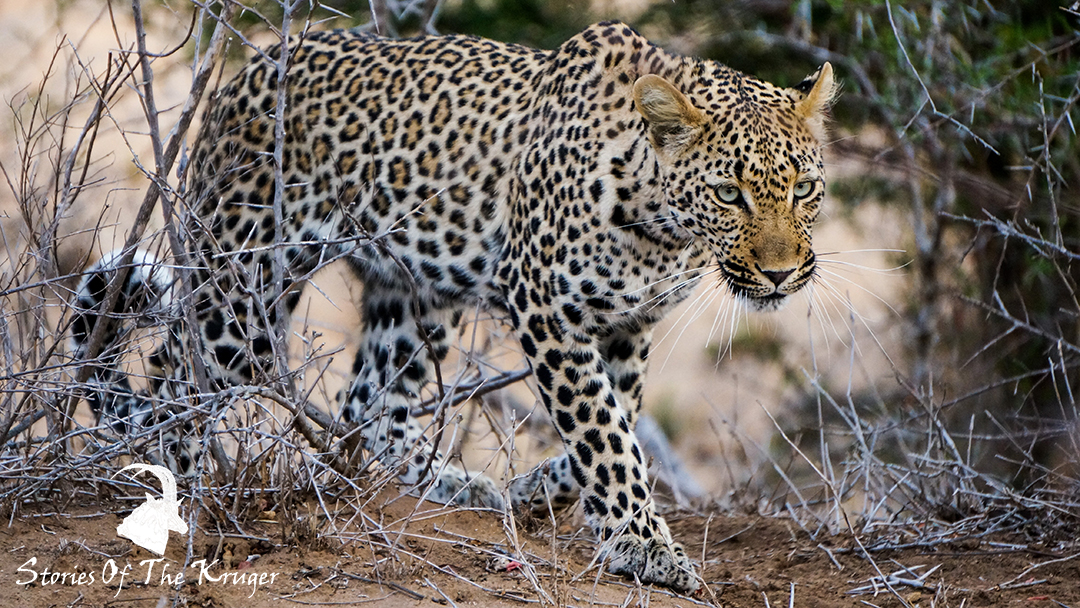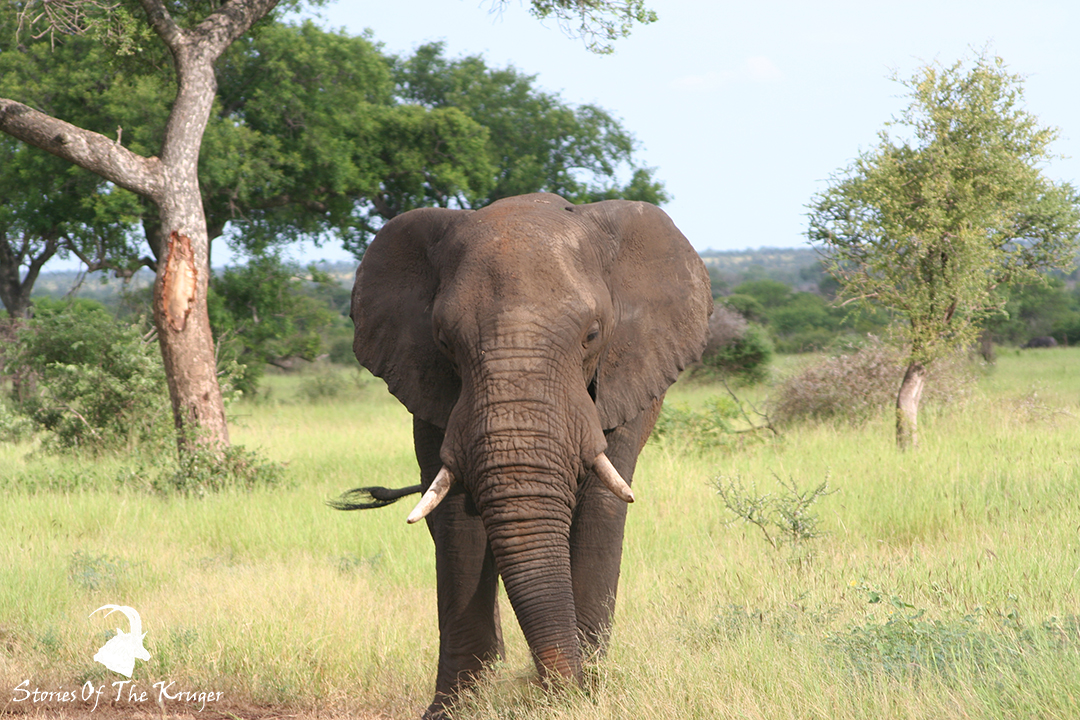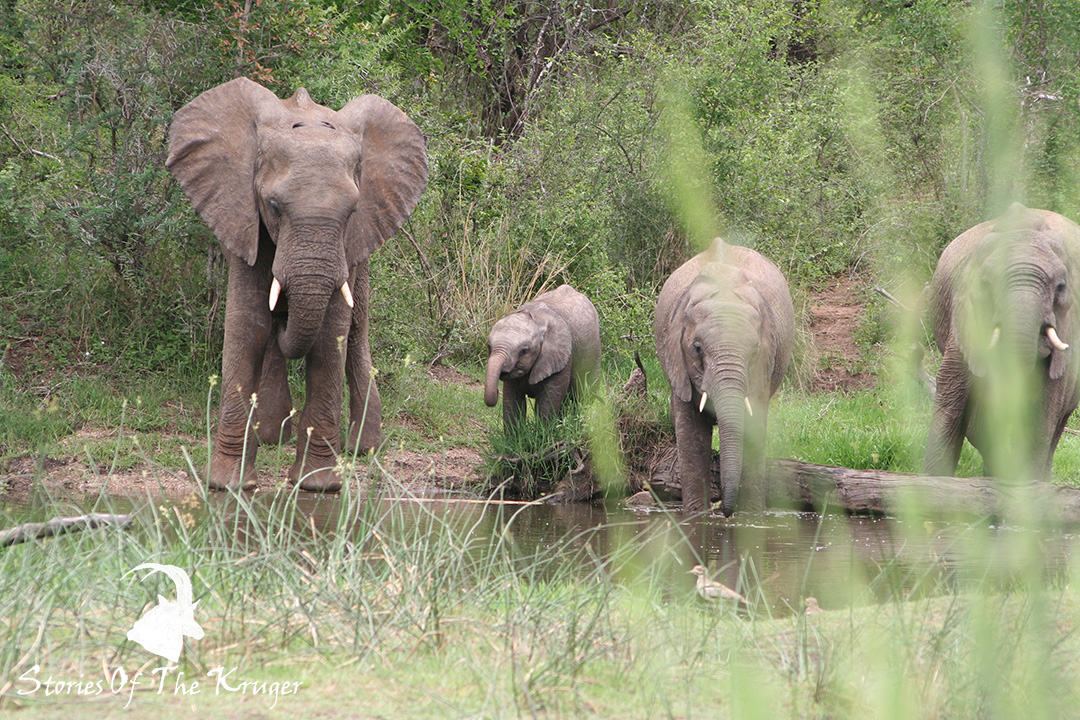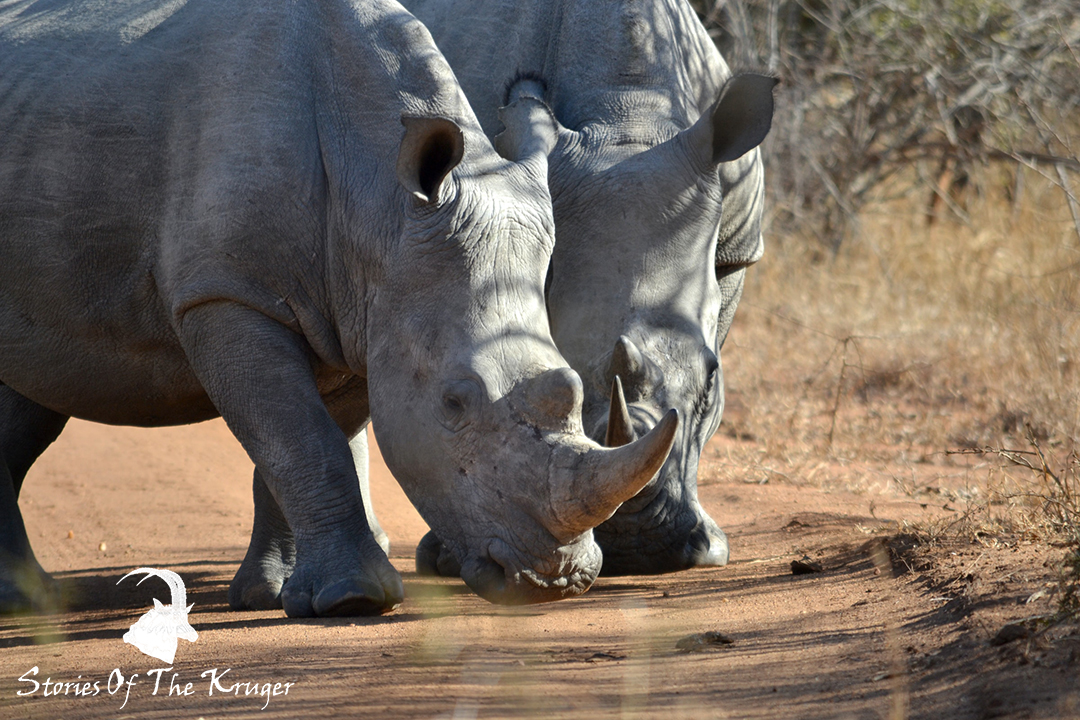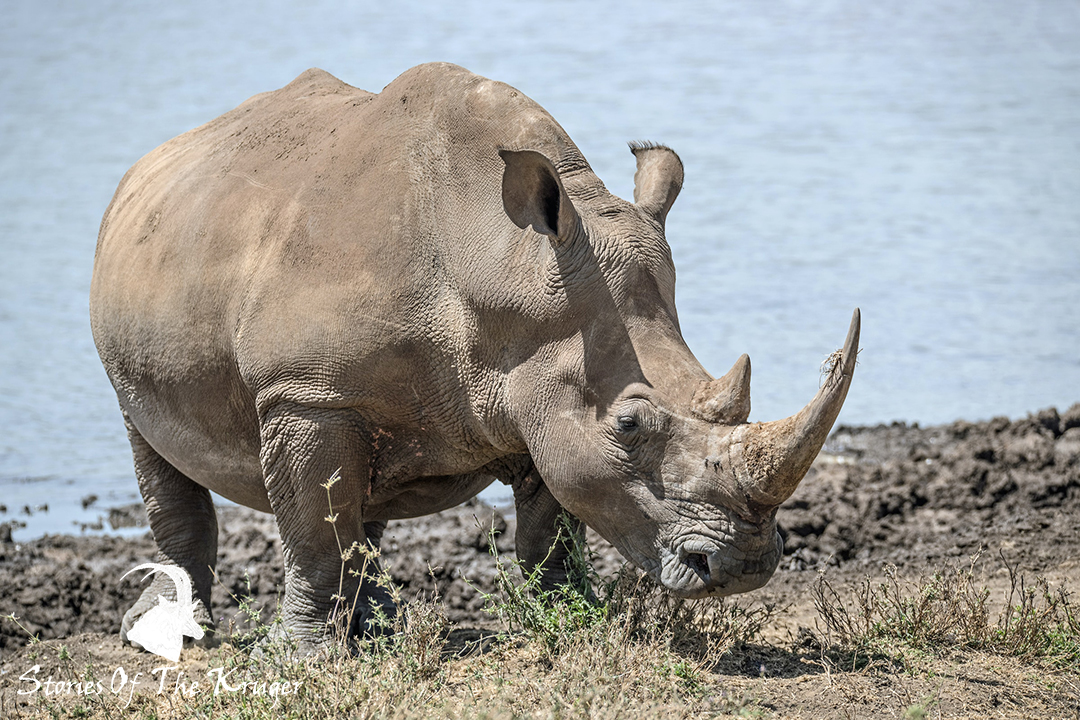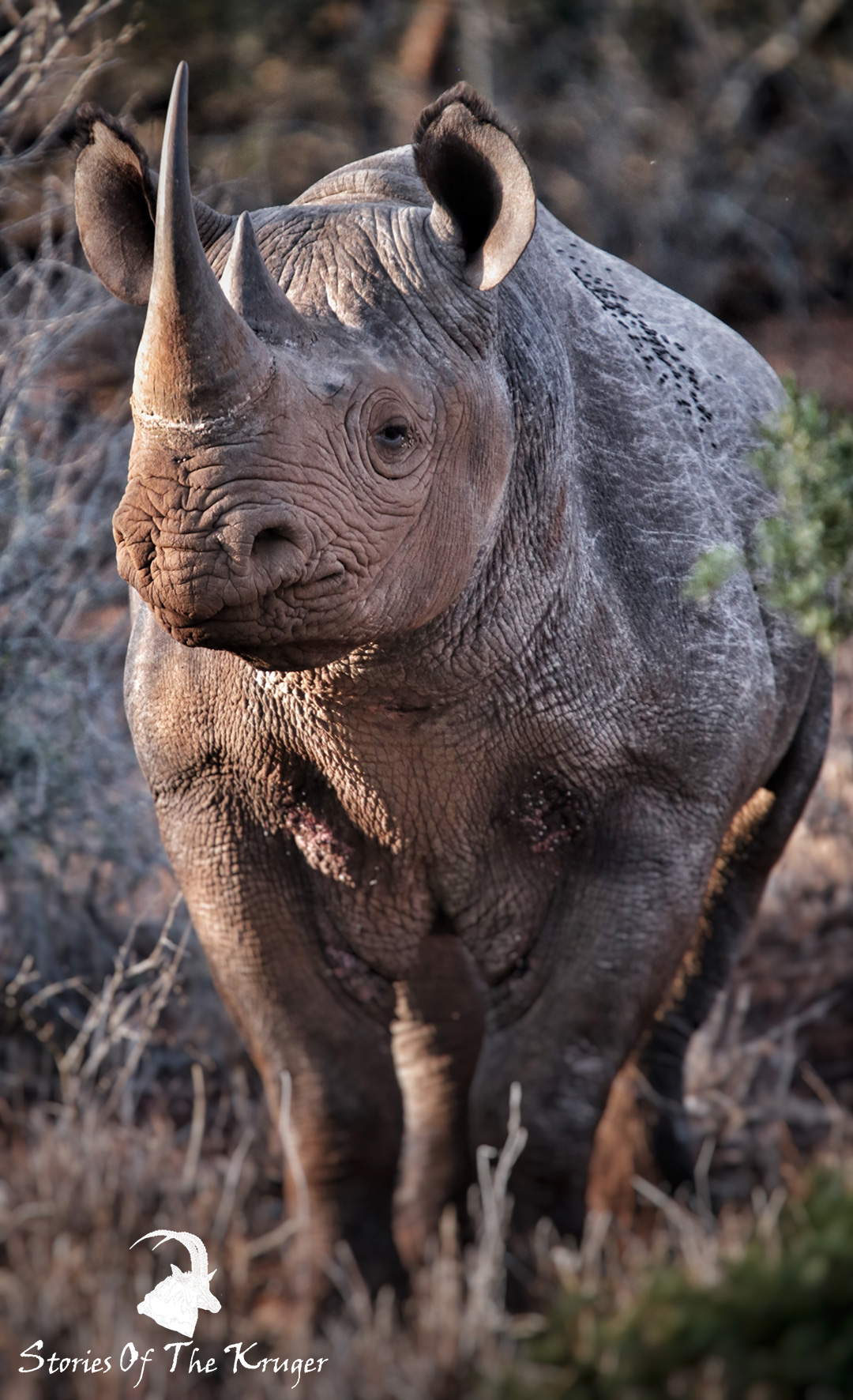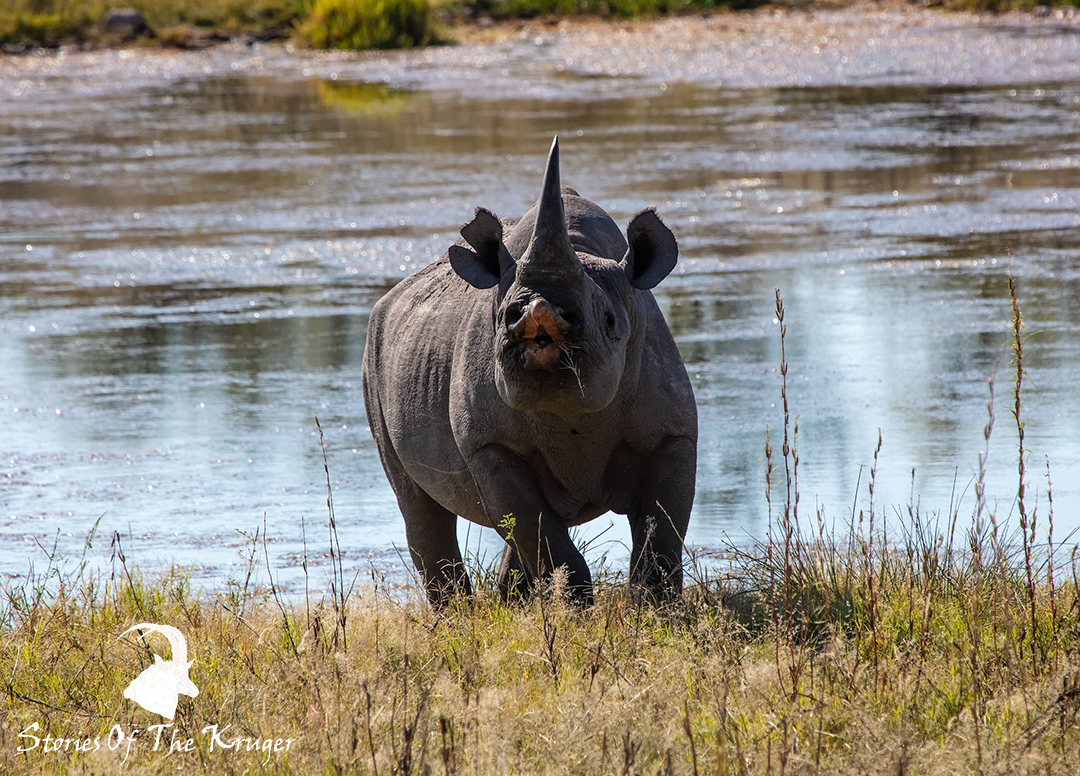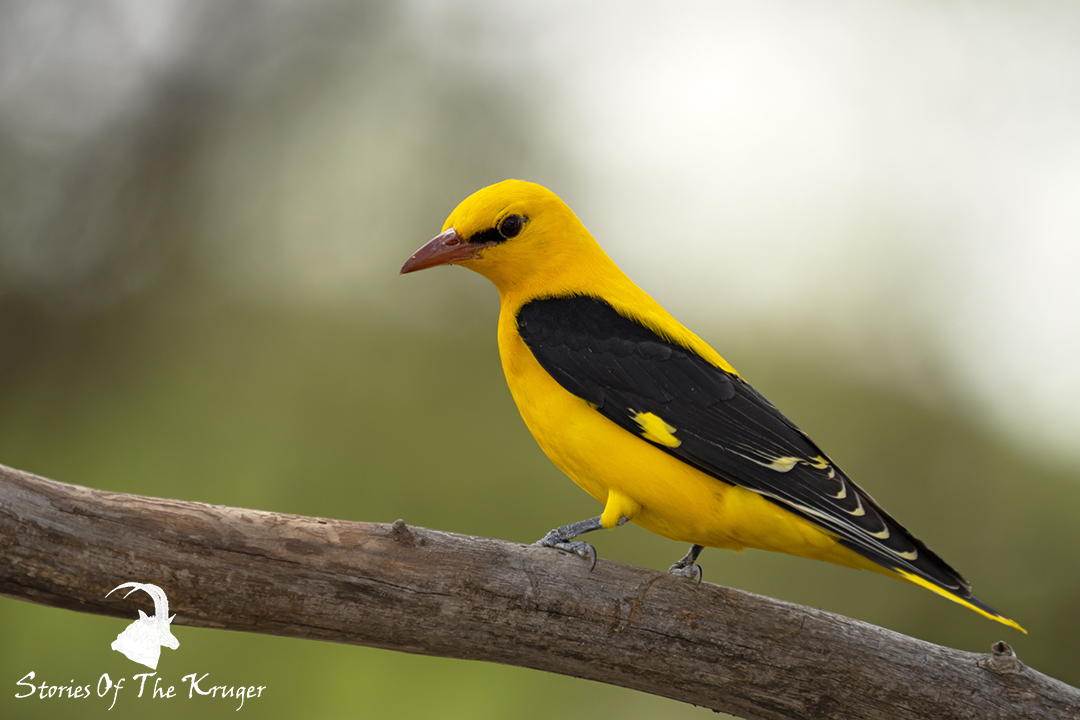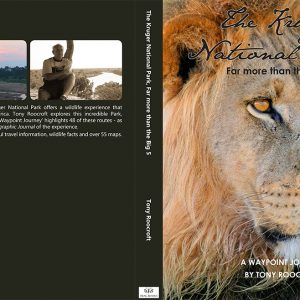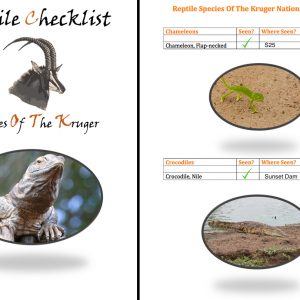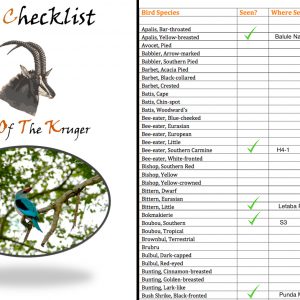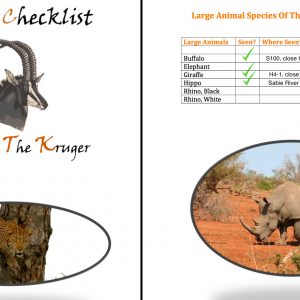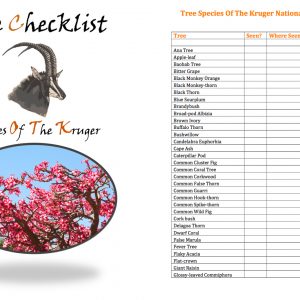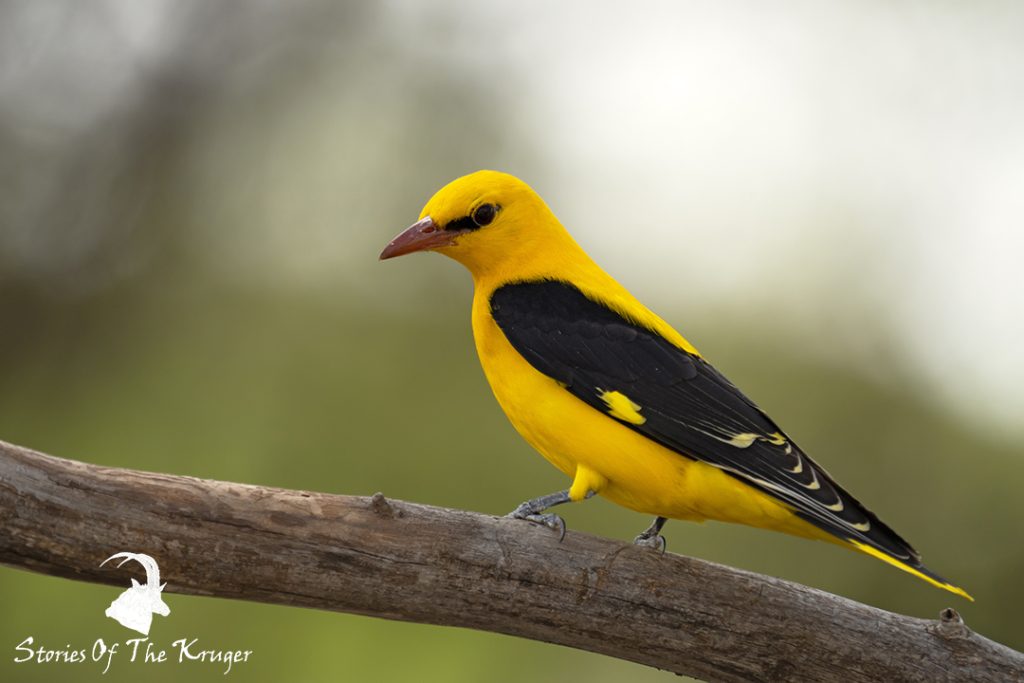The Big Five Of The Kruger National Park
The Complete Guide To The Big Five Of The Kruger
Big Five Of The Kruger: The term “Big Five” refers to a group of five large African mammals that were historically considered the most challenging and sought after animals for trophy hunters to hunt on foot. The Big Five include the African Lion, African Elephant, African Leopard, African Buffalo, and Rhinoceros (both Black and White Rhino species). The origins of the term and its association with these specific animals can be traced back to the colonial era of Africa.
During the 19th and early 20th centuries, when European hunters and explorers ventured into Africa for various purposes, including sport hunting, they often aimed to bag these five formidable and dangerous animals. The term “Big Five” gained popularity among hunters and later became synonymous with Africa’s wildlife and safari tourism.
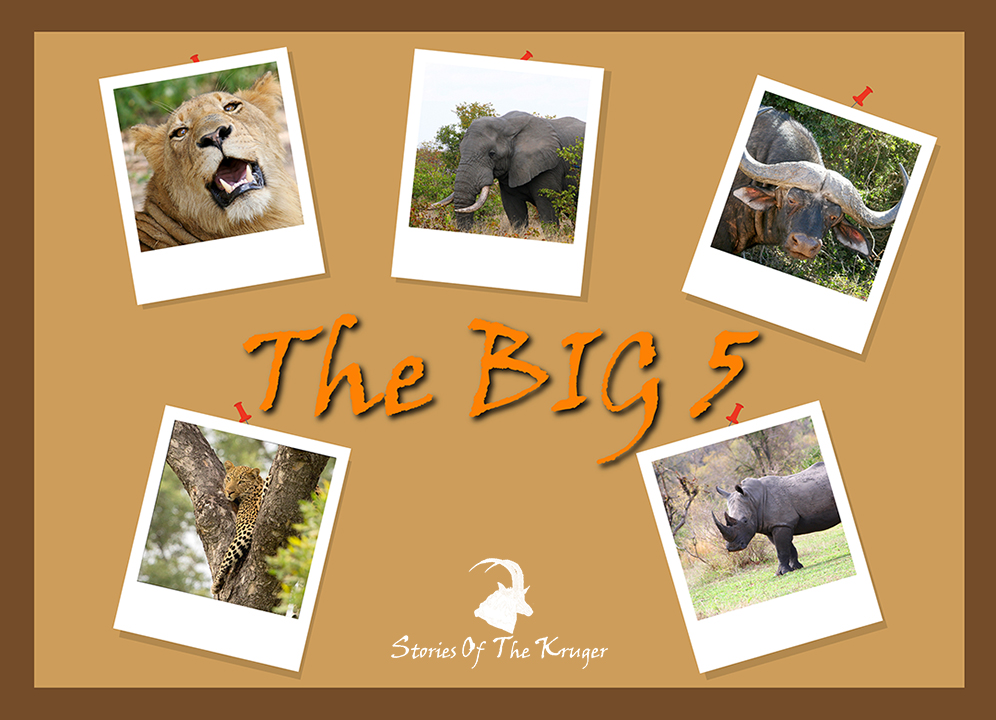
The classification of these particular animals as the Big Five was not based on their size or ecological significance alone but also on the degree of difficulty and danger associated with hunting them. The Big Five were known for their strength, elusiveness, and ability to pose a threat when cornered or wounded, making them highly challenging targets for hunters.
The Lion, as the iconic “king of the jungle,” represented courage and bravery. The Elephant, being the largest land mammal, represented strength and power. The Leopard, known for its stealth and elusive nature, represented cunning and agility. The Buffalo, with it’s massive size and unpredictable behaviour, represented resilience and ferocity. Lastly, the Rhinoceros, known for its intimidating appearance and reputation for aggression when provoked, represented tenacity and toughness.
Over time, the term “Big Five” transitioned from its hunting context to become a popular concept in wildlife conservation and tourism. Today, safari enthusiasts and nature lovers visit Africa’s national parks and game reserves (Especially the Kruger National Park) with the goal of witnessing these magnificent animals in their natural habitats. The Big Five have become a symbol of Africa’s rich biodiversity and a source of economic revenue through wildlife tourism, contributing to conservation efforts and the protection of these iconic species. The Kruger National Park plays host to all these beautiful animal species.
Read our complete guide to the Kruger National Park here!
Big Five Of The Kruger – African Lion
The African Lion (Panthera leo) is a majestic and iconic big cat species that is native to various parts of Africa.
African Lion: Physical Characteristics
African Lions are the second-largest big cat species, after Tigers. Adult males, known as Lions, typically weigh between 190 to 225 kilograms and can reach a length of around 2.5 to 3.3 meters from the head to the tip of the tail. Females, known as Lionesses, are slightly smaller, weighing between 125 to 160 kilograms. Lions have a muscular build, a large head with a prominent mane (seen primarily in males), and a tail with a tuft of hair at the end. The colour of their fur ranges from light tan to golden, with a whitish underside. Read more about the Lions of the Kruger National Park here, or you can also read about the Lions of Orpen and the central Kruger regions.
African Lion: Habitat And Range
African Lions inhabit various habitats across sub-Saharan Africa, including savannahs, grasslands, woodlands, and semi-desert areas. They are found in countries such as Kenya, Tanzania, South Africa, Botswana, Zimbabwe, and many others. Historically, their range extended from northern Africa to parts of Asia, but their current distribution is limited to Africa.
African Lion: Social Structure
Lions are highly social animals and are the only cats that live in social groups known as prides. A pride typically consists of related adult females, their cubs, and a few adult males. The females are usually the primary hunters of the group, working together to bring down large prey. The males, known as coalition males, defend the pride’s territory and offspring. Lions are known for their distinctive roaring, which is used to communicate with other pride members and mark their territory.
African Lion: Diet And Hunting
Lions are apex predators and primarily feed on large herbivores such as zebras, wildebeest, buffalo, and various antelope species. They are opportunistic hunters and will also scavenge from the kills of other predators when the opportunity arises. Their hunting strategy often involves stealthy approaches and coordinated attacks, utilising their strength, speed, and teamwork to bring down prey. A single meal can sustain a Lion for several days, and they can consume large quantities of meat in one feeding session.
African Lion: Reproduction And Life Cycle
Lions reach sexual maturity at around 3 to 4 years of age. The mating process involves a period of courtship and bonding between a male and female. After a gestation period of approximately 110 days, the female gives birth to a litter of typically two to four cubs. The cubs are born blind and vulnerable and are nursed by their mother for several months. They start to accompany the pride on hunts around the age of six to eight months and become fully independent around two years of age. Male cubs eventually leave the pride and seek to establish their territories, while female cubs generally stay within their natal pride.
African Lion: Conservation Status
African Lions are listed as a vulnerable species by the International Union for Conservation of Nature (IUCN). They face numerous threats, including habitat loss, human-wildlife conflict, poaching, and trophy hunting. Conservation efforts aim to protect Lion populations and their habitats, with a focus on preserving key lion landscapes, mitigating conflicts with humans, and promoting sustainable tourism that benefits local communities.
African Lion: Cultural Significance
African Lions hold cultural and symbolic significance across many African cultures. They have been featured prominently in folklore, myths, and traditional ceremonies. Lions are often associated with power, courage, and leadership. They are regarded as symbols of strength and are frequently depicted in African art, literature, and national symbols. The Lion’s regal appearance and majestic mane have made it a popular symbol of royalty, and it has been featured in the coats of arms of several African countries.
African Lion: Tourism And Wildlife Conservation
African Lions are a significant draw for wildlife tourism in Africa. Many protected areas and national parks (Like the Kruger National Park) offer visitors the opportunity to observe Lions in their natural habitats, contributing to local economies and supporting conservation initiatives. Well-managed wildlife tourism can provide funding for conservation efforts and promote the importance of protecting Lion populations for future generations.
African Lion Challenges And Conservation Efforts
African Lions face numerous challenges to their survival. Habitat loss and fragmentation due to human activities, such as agriculture and urban development, have resulted in the shrinking of their natural habitats. This, in turn, leads to increased human-wildlife conflicts as Lions come into closer contact with communities. Retaliatory killings by humans pose a significant threat to Lion populations.
Poaching and illegal wildlife trade also impact Lion populations. The demand for Lion body parts, such as bones and teeth, for traditional medicine and trophies drives illegal hunting and trade. Additionally, trophy hunting, although regulated in some countries, remains a controversial issue.
Conservation efforts are focused on protecting Lion populations and their habitats. This includes the establishment and management of protected areas, anti-poaching measures, community-based conservation programs, and initiatives to mitigate human-wildlife conflicts. Collaboration between governments, conservation organisations, local communities, and international stakeholders is crucial for the long-term survival of African lions.
African Lions are magnificent and iconic predatory mammals that symbolise the wild beauty of Africa and the Greater Kruger National Park. Their social behaviour, impressive hunting skills, and cultural significance make them a treasured species. However, they face numerous threats, and conservation efforts are essential to ensure their survival and maintain the ecological balance of Africa’s diverse ecosystems. By promoting habitat protection, community involvement, responsible tourism, and addressing illegal activities, we can work towards securing a future for African Lions and the rich biodiversity they represent.
Big Five Of The Kruger – African Buffalo
The African Buffalo, also known as the Cape Buffalo or by their scientific/Latin name of Syncerus caffer, is a large and powerful bovine species that is native to sub-Saharan Africa.
African (Cape) Buffalo: Physical Characteristics
African Buffalos are robust animals with a heavy build. They are one of the largest bovine species in the world. Adult males, known as bulls, can weigh between 500 to 900 kilograms, and they stand approximately 1.5 meters tall at the shoulder. Females, known as cows, are slightly smaller but still formidable in size. Both males and females have large, curved horns that form a characteristic boss (thickened part) on the forehead. The colour of their coat varies from dark brown to black, and they have sparse hair on their body.
African (Cape) Buffalo: Habitat And Range
African Buffalos are highly adaptable and can be found in a wide range of habitats, including savannahs, grasslands, woodlands, and swampy areas. They have a broad distribution across sub-Saharan Africa, from countries such as Kenya and Tanzania in East Africa to South Africa and Botswana in the south. They have also been introduced to some countries outside their natural range, such as Australia and parts of the Americas.
African (Cape) Buffalo: Social Structure
African Buffalos are gregarious animals that form large herds. These herds can consist of a few individuals up to several hundred members. The herds are usually led by an older and more experienced female, often called the matriarch. Within the herd, there is a hierarchical social structure, and individuals form strong bonds with each other. Adult males, known as bachelor herds, tend to form smaller groups or live solitary lives until they are old enough to challenge dominant males for breeding rights.
African (Cape) Buffalo: Diet And Feeding Habits
African Buffalos are herbivores and primarily graze on grass. They are bulk grazers, meaning they consume large quantities of grass to meet their nutritional needs. However, they are also known to browse on leaves, herbs, and shrubs, especially during the dry season when grass may be scarce. Their ability to digest fibrous plant material allows them to survive in a variety of habitats with different vegetation types.
African (Cape) Buffalo: Behaviour And Defence Mechanisms
African Buffalos are known for their unpredictable behaviour and can be highly aggressive when threatened. They have a reputation for being one of the most dangerous animals in Africa, especially when wounded or defending their young. When a Buffalo senses danger, it will often gather in a defensive formation known as a “mob”. In this formation, they face the threat and can collectively charge, using their sharp horns and sheer mass to fend off predators or human intruders. “Daga Boys”, or old male Buffalo are particularly dangerous, and I unfortunately have a friend who had a friend that was killed by one of these old and angry bulls while approaching a river bed many years a go.
African (Cape) Buffalo: Conservation Status
The African Buffalo is currently classified as a species of “least concern” by the International Union for Conservation of Nature (IUCN). However, some regional populations are facing threats due to habitat loss, hunting, and disease transmission. Buffalos are susceptible to bovine diseases such as bovine tuberculosis and foot-and-mouth disease, which can impact both their health and local livestock populations. Conservation efforts focus on maintaining protected areas, managing disease outbreaks, and promoting sustainable hunting practices to ensure the long-term survival of African Buffalo populations.
The African Buffalo is a significant and iconic species in Africa’s ecosystems, playing a vital role in maintaining grasslands and providing resources for predators. Its imposing size and strength make it an impressive animal to observe, and it is a sought-after species for wildlife enthusiasts visiting African national parks and game reserves.
Big Five Of The Kruger – African Leopard
The African Leopard (Panthera pardus pardus) is a medium-sized big cat species that is native to sub-Saharan Africa. You can read our article about the Leopard’s of the Kruger National Park here…
African Leopard: Physical Characteristics
African Leopards are known for their distinctive coat patterns, which provide excellent camouflage in their natural habitats. Their fur is marked with rosettes, dark spots with a lighter centre, arranged in a random pattern. The coloration of their fur varies from golden yellow to a tawny or deep golden hue, depending on the region. They have a sleek and muscular build, with males weighing between 30 to 90 kilograms (Cape Leopards are significantly smaller, read more here) and females weighing around 20 to 60 kilograms. Leopards have a flexible spine and strong limbs, allowing them to climb trees and drag their prey into the branches.
African Leopard: Habitat And Range
African Leopards are adaptable cats and can thrive in a variety of habitats, including forests, grasslands, mountains, and even semi-arid regions. They have a broad distribution across sub-Saharan Africa, ranging from countries such as South Africa, Kenya, Tanzania, and Botswana to the Central African rainforests. Leopards are highly elusive and can coexist with humans in certain areas, including farmland and even near urban environments.
African Leopard: Behaviour And Hunting
Leopards are solitary and secretive animals, typically preferring to hunt and move alone. They are primarily nocturnal, meaning they are most active during the night, although they can also be seen during dawn and dusk. Leopards are opportunistic predators and have a diverse diet, including small to medium-sized mammals such as antelopes, monkeys, and warthogs. They are skilled climbers and are known to hoist their kills into trees to protect them from scavengers and other predators.
African Leopard: Reproduction And Life Cycle
Leopards reach sexual maturity at around two to three years of age. Breeding can occur throughout the year, and females have a gestation period of approximately 90 to 105 days. A female leopard typically gives birth to two or three cubs, which are born blind and helpless. The cubs remain with their mother for up to two years, during which they learn essential hunting and survival skills. Afterward, the young Leopards become independent and venture out to establish their own territories.
African Leopard: Conservation Status
The African Leopard is currently classified as a species of “vulnerable” by the International Union for Conservation of Nature (IUCN). The main threats to Leopard populations include habitat loss, fragmentation, and human-wildlife conflict. Leopards are often killed in retaliatory actions by farmers protecting their livestock or due to the demand for their skins and body parts in illegal wildlife trade. Conservation efforts focus on protecting their habitats, mitigating conflicts with humans, and enforcing laws against poaching and illegal trade.
African Leopard: Cultural Significance
African Leopards have captivated human imagination and feature prominently in the folklore, art, and cultural traditions of many African societies. They are often associated with mystery, stealth, and agility. In some cultures, leopards are considered spiritual or symbolic animals, representing strength, adaptability, and the spirit of the wild.
The African Leopard is a symbol of Africa’s rich biodiversity and a key species in maintaining the ecological balance of its habitats. Conserving Leopard populations is crucial not only for their survival but also for the preservation of healthy ecosystems and the continued enjoyment of observing these elusive and magnificent cats in the wild.
Big Five Of The Kruger – African Elephant
The African Elephant (Loxodonta africana and Loxodonta cyclotis) is the largest land mammal on Earth and one of the most iconic and beloved animals in Africa.
African Elephant: Physical Characteristics
African Elephants are known for their impressive size and distinctive features. They have a thick and wrinkled grey skin that helps regulate their body temperature. Adult males, known as bulls, can reach a shoulder height of up to 3.3 meters and weigh between 4,000 to 7,000 kilograms. Females, known as cows, are slightly smaller, with a shoulder height of around 2.5 meters and a weight of 2,600 to 3,500 kilograms. Both males and females have elongated, prehensile trunks that they use for breathing, drinking, feeding, and various other tasks. They also possess large, curved tusks, which are elongated incisor teeth.
African Elephant: Habitat And Range
African Elephants inhabit a wide range of habitats across sub-Saharan Africa, including savannahs, forests, grasslands, and woodlands. They can be found in several countries, such as Kenya, Tanzania, Botswana, Zimbabwe, South Africa, and many others. They have a preference for areas with access to water sources and ample vegetation.
African Elephant: Social Structure
African Elephants are highly social animals and live in complex societies. They form matriarchal herds consisting of related females and their offspring. The matriarch, usually the oldest and most experienced female, leads the herd and makes important decisions regarding movement, feeding, and safety. Mature males tend to live solitary lives or form small bachelor groups. During the breeding season, bulls may compete for access to receptive females.
African Elephant: Diet And Feeding Habits
African Elephants are herbivores and have a diet primarily composed of grasses, leaves, bark, fruits, and roots. They are bulk feeders and can consume a tremendous amount of vegetation, sometimes up to 150 kilograms of food per day, not to mention the amount of water they need to drink! Their diet and feeding habits play a crucial role in shaping the landscapes they inhabit and help maintain the balance of ecosystems.
African Elephant: Reproduction And Life Cycle
Female Elephants reach sexual maturity around 10 to 12 years of age, while males mature later, at around 12 to 15 years. Breeding can occur throughout the year, but there tends to be a peak during the rainy season when food availability is higher. The gestation period for elephants is approximately 22 months, which is the longest gestation period of any land mammal species in the World. A female gives birth to a single calf (Twins in the Kruger happen every now and then), which weighs around 100 kilograms at birth. Calves are dependent on their mothers for several years and learn essential skills for survival from the herd.
African Elephant: Conservation Status
African Elephants are currently classified as vulnerable (Loxodonta africana) and endangered (Loxodonta cyclotis) by the International Union for Conservation of Nature (IUCN). They face numerous threats, including habitat loss, fragmentation, poaching for ivory, and human-elephant conflict. Conservation efforts focus on protecting elephant habitats, combating illegal poaching and ivory trade, promoting community-based conservation initiatives, and raising awareness about the importance of conserving these magnificent creatures.
African Elephant: Cultural Significance
African Elephants hold significant cultural and symbolic importance in many African societies. They are revered for their intelligence, strength, and social structure. Elephants feature prominently in traditional folklore, art, and religious ceremonies. They are seen as symbols of wisdom, power, and resilience. In many African cultures, elephants are considered sacred animals and are associated with good fortune, fertility, and protection.
African Elephant: Ecological Importance
African Elephants play a vital role in shaping their ecosystems. As “mega herbivores”, they have a significant impact on vegetation through their feeding habits. By uprooting trees, breaking branches, and trampling grasses, they create openings in the vegetation, which promotes plant diversity and provides habitats for other animals. Their role as “ecosystem engineers” helps maintain a healthy balance between different plant species and supports a wide range of wildlife.
African Elephant: Tourism And Conservation Efforts
African Elephants are a major attraction for wildlife tourism in Africa. Many national parks and reserves offer visitors the opportunity to observe these magnificent creatures in their natural habitats. Well managed ecotourism can provide economic benefits to local communities and contribute to the conservation of Elephant populations by generating funds for park management and anti-poaching efforts. Responsible tourism practices, such as maintaining a respectful distance and minimising disturbance to the animals, are essential to ensure the welfare and protection of Elephants. In the Kruger, the bulls can be quite aggressive, so keep your distance if you can when you are on a self drive game drive.
African Elephant: Conservation Challenges
African Elephants face several conservation challenges. Habitat loss and fragmentation due to human activities, such as agriculture, infrastructure development, and expanding settlements, threaten their natural habitats. Illegal poaching for ivory remains a significant issue, driven by the demand for elephant tusks in certain parts of the world. This illicit trade undermines conservation efforts and poses a severe risk to Elephant populations.
African Elephant: Conservation Efforts
To safeguard African Elephants, conservation initiatives focus on a combination of approaches. These include the establishment and management of protected areas and wildlife corridors to preserve elephant habitats, anti-poaching measures to combat illegal hunting and ivory trade, community-based conservation programs that involve local communities in wildlife management and provide alternative livelihood options, and educational campaigns to raise awareness about the importance of Elephant conservation.
The African Elephant holds great ecological, cultural, and economic significance in Africa. They are magnificent creatures that play a crucial role in maintaining the balance of their ecosystems. Efforts to conserve and protect African Elephants are vital to ensure their long-term survival, preserve biodiversity, and promote sustainable development that benefits both wildlife and local communities. By addressing the various threats they face and promoting responsible conservation practices, we can strive to secure a future where African elephants continue to roam the continent, enriching our world with their presence.
Big Five Of The Kruger – Rhinoceros (White Rhino and Black Rhino)
Kruger National Park White Rhino Facts
The White Rhino, also known as the Square-lipped Rhinoceros, is one of the two species of Rhinoceroses native to Africa, along with the Black Rhino. Both occur in the Greater Kruger National Park.
White Rhino: Physical Characteristics
The White Rhino is the larger of the two African Rhino species. It has a massive body with a thick, stocky build. Adult males, known as bulls, can reach a shoulder height of up to 1.8 meters and weigh between 1,800 to 2,500 kilograms. Females, known as cows, are slightly smaller, weighing between 1,400 to 1,800 kilograms. The White Rhino has a square-shaped mouth with a broad upper lip, which it uses for grazing on grasses.
White Rhino: Habitat And Range
White Rhinos are primarily found in grassy savannah, open woodlands, and floodplain habitats in sub-Saharan Africa. Historically, they had a widespread distribution across several countries, including South Africa, Namibia, Zimbabwe, and Kenya. Today, their range has significantly diminished due to habitat loss and poaching. They are now mainly confined to protected areas and national parks.
White Rhino: Behaviour and Social Structure
White Rhinos are generally more social compared to their solitary counterparts, the Black Rhinos. They often form small groups known as “crashes” or “herds.” A typical crash consists of a dominant male, several females, and their offspring. The dominant male defends his territory and mates with the females within his group. White Rhinos have a relatively peaceful social structure and can tolerate the presence of other rhinos in their vicinity.
White Rhino: Diet And Feeding Habits
White Rhinos are grazers and have a herbivorous diet, consisting mainly of grasses. Their broad, square lip is well-adapted for grazing and cropping grass close to the ground. They have a large head and strong neck muscles that enable them to feed on large amounts of grass in a day. White Rhinos are known as bulk feeders, consuming large quantities of grass to meet their nutritional needs.
White Rhino: Conservation Status
The White Rhino has had a tumultuous conservation history. At one point, it faced the brink of extinction due to rampant poaching for its horn. However, intensive conservation efforts and strict anti-poaching measures have led to a remarkable recovery of their populations, particularly the Southern White Rhino subspecies. The IUCN Red List currently classifies the White Rhino as “near threatened” (the southern subspecies) and “critically endangered” (the northern subspecies). Continued conservation efforts, habitat protection, and anti-poaching measures are necessary to ensure the survival of both subspecies.
White Rhino: Threats And Conservation Efforts
The primary threat to White Rhinos is poaching for their horns. Despite being composed of keratin, the same material as human hair and nails, Rhino horn is highly valued in some cultures for its perceived medicinal properties and as a status symbol. Rhino conservation initiatives focus on anti-poaching patrols, community engagement, habitat restoration, and raising awareness about the importance of Rhino conservation. In some cases, Rhinos have been relocated to safe and well managed sanctuaries to protect them from poaching and provide suitable habitats for their survival.
The White Rhino is an iconic species that holds significant ecological value. Its conservation is not only crucial for preserving biodiversity but also for the health of grassland ecosystems. Efforts to protect and conserve the White Rhino are essential to ensure the continued existence of this magnificent creature for future generations to admire and appreciate.
Kruger National Park Black Rhino Information
The Black Rhino, also known as the Hook-lipped Rhinoceros, is one of the two species of Rhinoceroses native to Africa, along with the White Rhino.
Black Rhino: Physical Characteristics
The Black Rhino is a large, powerful mammal with a compact and robust build. It has a thick, armoured skin that is dark grey or black in colour, hence its name. Adult males, known as bulls, can reach a shoulder height of up to 1.5 to 1.7 meters and weigh between 800 to 1,400 kilograms . Females, known as cows, are slightly smaller, weighing between 700 to 1,300 kilograms. Black Rhinos have a hooked upper lip, which they use to browse on twigs, branches, and leaves. They are the more aggressive of the two Rhino species found in the Greater Kruger National Park, and have chased many people up trees, read about a Black Rhino story from Zambia here.
Black Rhino: Habitat And Range
Black Rhinos are adapted to a variety of habitats, including dense forests, savannahs, and grasslands. They are primarily found in eastern and southern Africa, including countries such as Kenya, Tanzania, South Africa, Zimbabwe, and Namibia. They have a more limited range compared to the White Rhino and are known to prefer areas with dense vegetation for browsing.
Black Rhino: Behaviour And Social Structure
Black Rhinos are known to be solitary and territorial animals. Adult males establish territories and mark them with dung piles and scrapings on the ground. They are known to be aggressive when defending their territories or during mating season. Female Black Rhinos have smaller territories that may overlap with multiple male territories. Black Rhinos have a reputation for being more aggressive and unpredictable compared to White Rhinos.
Black Rhino: Diet And Feeding Habits
Black Rhinos are browsers, which means they feed on leaves, shoots, branches, and woody plants. They use their prehensile upper lip to grasp and strip leaves from trees and shrubs. Black Rhinos have a specialised feeding adaptation where they use their strong lips and front incisor teeth to selectively browse on specific plant species, even those with thorns or spines.
Black Rhino: Conservation Status
The Black Rhino has faced significant population declines due to poaching and habitat loss. It is currently classified as “critically endangered” by the International Union for Conservation of Nature (IUCN). The demand for Rhino horn, primarily in Asian markets, drives poaching activities. Conservation efforts have been focused on anti-poaching measures, habitat protection, captive breeding programs, and community involvement to promote the conservation and recovery of Black Rhino populations. Unfortunately there are very few Black Rhino left in the Kruger National Park due to poaching, and as mentioned on this website, we will never indicate where they are common or where they occur within the Greater Kruger National Park region.
Threats And Conservation Efforts
Poaching for their horns is the most significant threat to Black Rhinos. Rhino horn is highly valued in some cultures for its perceived medicinal properties and as a status symbol. Efforts to combat poaching include increased anti-poaching patrols, wildlife law enforcement, and community engagement to raise awareness about the importance of Rhino conservation. Habitat protection and restoration are also critical to ensure suitable habitats for the Black Rhino’s survival.
Conservation organisations work closely with local communities, governments, and international partners to implement conservation strategies and initiatives. These efforts aim to secure existing habitats, establish protected areas, address illegal wildlife trade, and promote sustainable development that benefits both people and Rhino populations.
The Black Rhino is an emblematic species and a flagship for African wildlife conservation. Its preservation is crucial not only for maintaining biodiversity but also for the ecological balance of its habitats. By safeguarding the Black Rhino, we contribute to the overall health of ecosystems and protect an iconic species for future generations.
Those are the Big Five animals that are found throughout the Kruger National Park, and they draw visitors and wildlife lovers from all over the world to have the chance to see them. They are uncommon and a special sighting, and if you see them, take as many photo’s and videos as you can, and just enjoy being in their presence! Enjoy the Park!
Check Us Out On YouTube
Subscribe to our YouTube channel and watch all our videos, listen to bird calls, animal calls and more!
